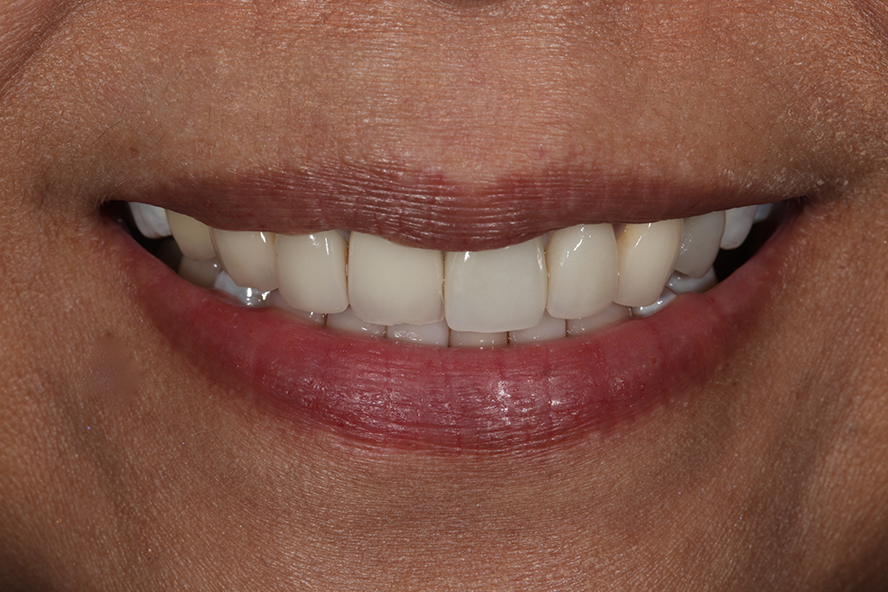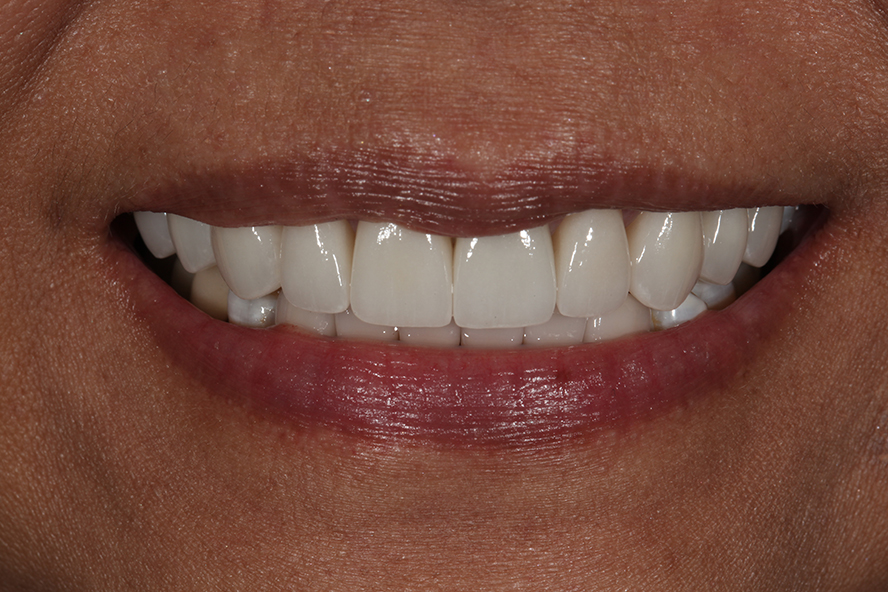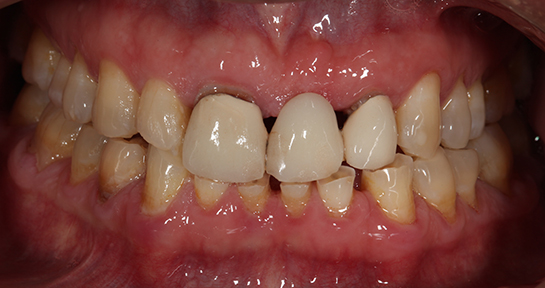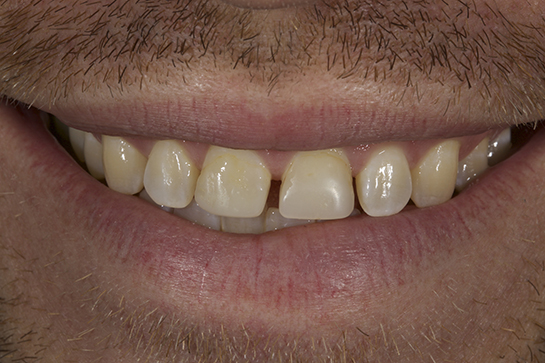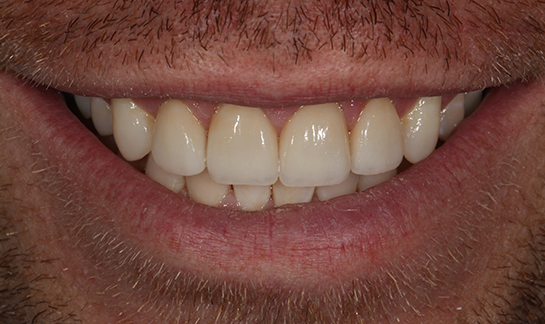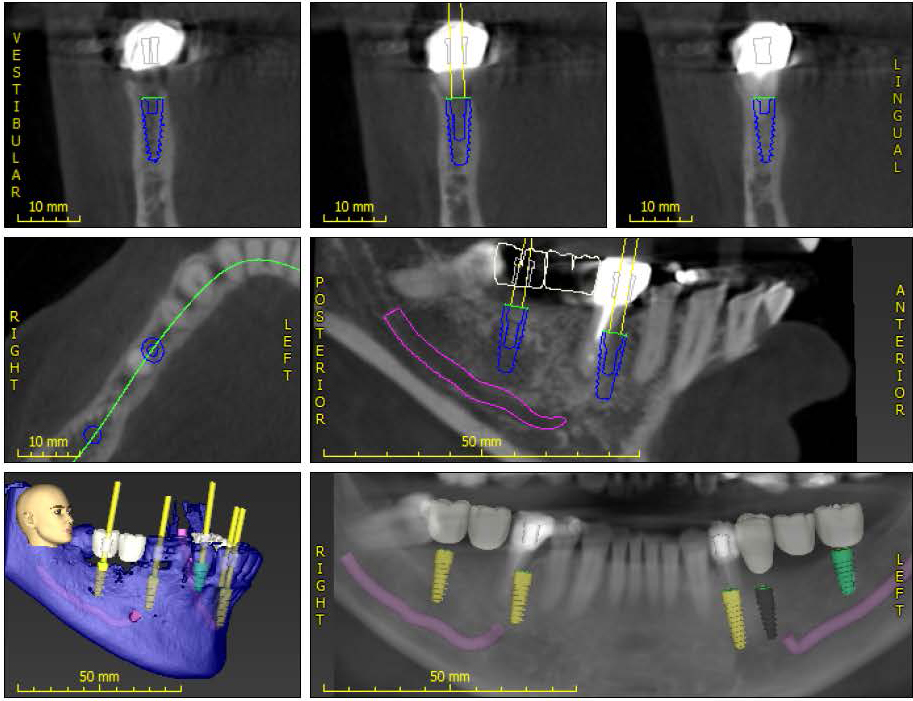Tooth under bridge snapped off at the gum line
A dental bridge is a common prothesis used to replace missing teeth. Typically the two teeth on the side of the space are crowned to anchor the false tooth or teeth in between them.
Bridges are effective to address both functional and esthetic needs until they have problems. If one side of the anchor teeth becomes detached from the bridge, the entire unit has to be removed and replaced. Decay and bite pressure can cause loosening of bridges.
This X-Ray shows a bridge that lasted over 12 years in the patient’s mouth until one side of the anchor teeth broke off at the gum line. Depending on how the tooth breaks, sometime it is impossible to replace with a new bridge.
A better alternative to bridges is to use dental implant to replace just the missing tooth if the space in between them is optimized. By treating teeth independently we can better manage the physical force of the bite on the teeth and the prosthesis.


